How a Single Gene Could Become a Volume Knob for Pain
(Excerpt from How a Single Gene Could Become a Volume Knob for Human Suffering by Erika Hayasaki | art by Sean Freeman 04.18.17 on Wired)
…When Stephen Waxman was a student at the Albert Einstein College of Medicine in the early 1970s, he became interested in pain—how people feel it, how the body transmits it, and how, as a future neurologist, he could learn to control it. Later in his career, after his father was in the final stages of agonizing diabetic neuropathy, he became obsessed with helping patients like his dad, who could find no relief from their pain. “We simply had to do better,” he says.
Today Waxman is the director of the Center for Neuroscience and Regeneration Research at the Yale University School of Medicine. He is 71, with oval-shaped glasses that rest on the ridge of his nose when he reads and eyebrows that arch toward each other like upward-facing arrows. He’s spent nearly half a century trying to chart the molecular and cellular pathways involving pain, and for much of this time Waxman was interested in the sodium channels found in the membranes of neurons—portals that allow charged particles to flow in and out of the nerve cells. In particular, he believed that one of those sodium channels, Nav1.7, played an especially powerful role in how we experience pain. In his theory, a stimulus triggers the Nav1.7 channel to open just long enough to allow the necessary amount of sodium ions to pass through, which then enables messages of stinging, soreness, or scalding to register in the brain. When the trigger subsides, Nav1.7 closes. In those with faulty Nav1.7 channels, sensations that typically wouldn’t register with the brain are instead translated into extreme pain…



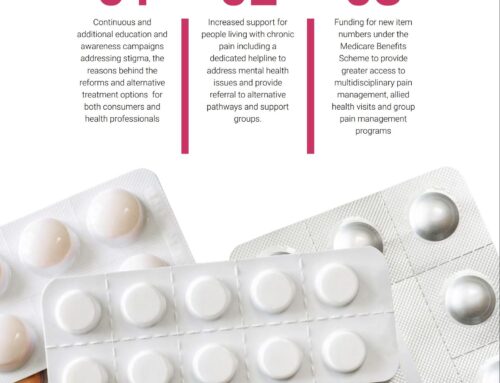
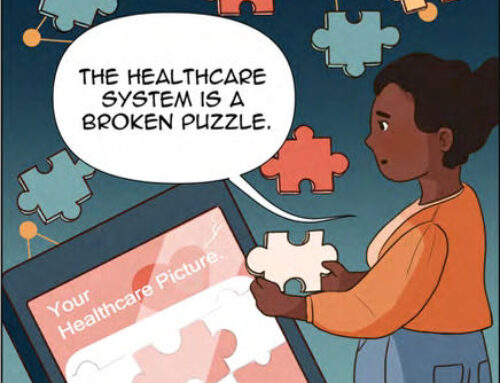

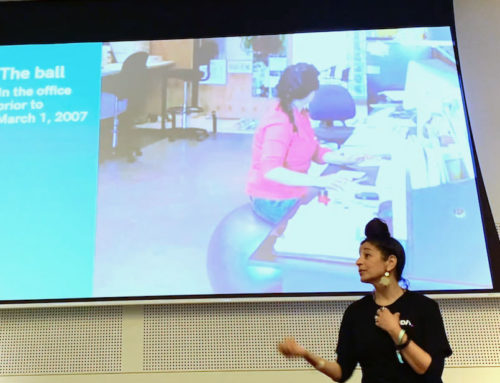
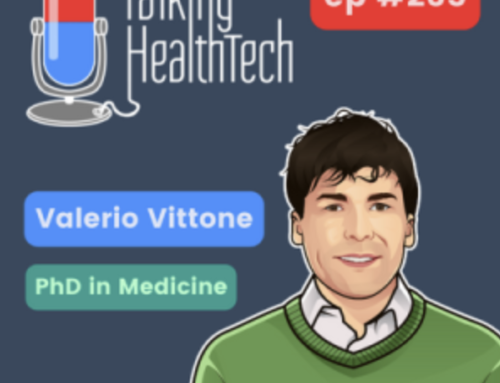
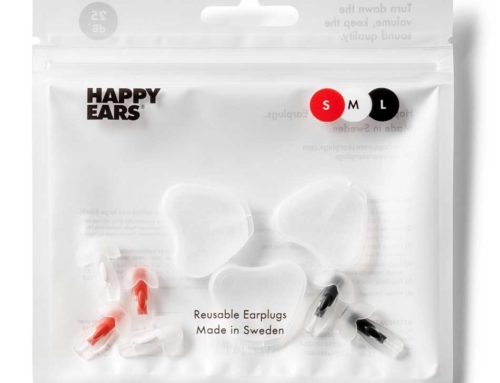
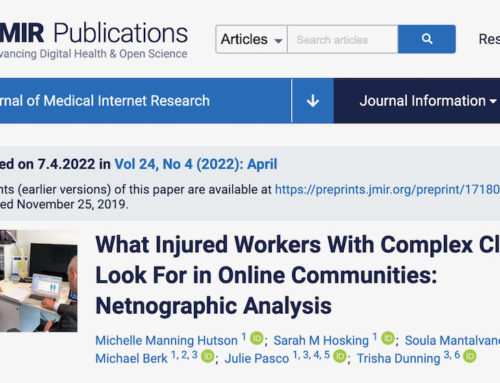
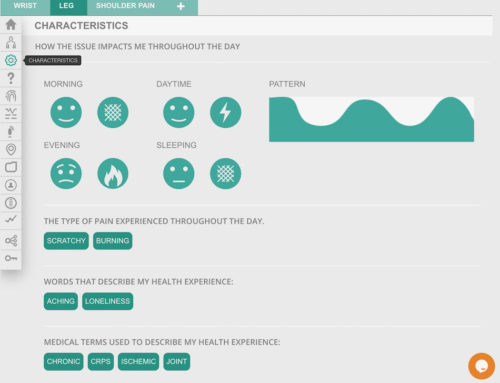
Go for it (just keep it respectful please!)